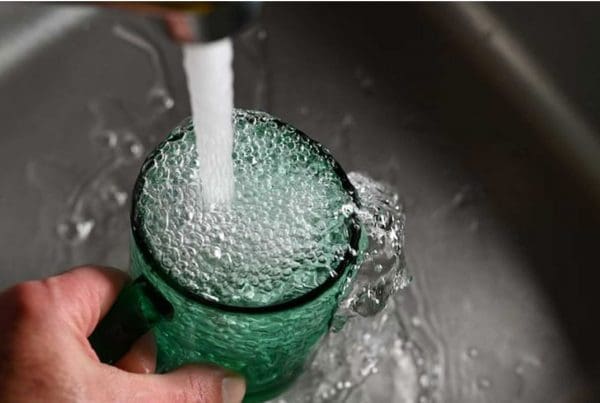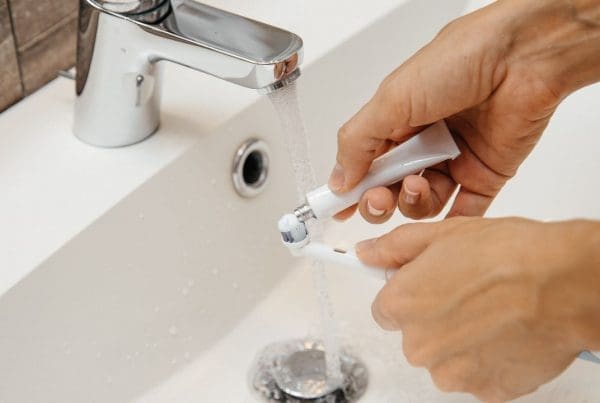Why Is Chlorine Added to Water?
Water is easily contaminated, and chlorine has incredible disinfectant properties. It binds to and destroys, bacteria and other germs better than most other agents do.
Did you know that chlorine isn’t man-made and that it’s not a liquid?
Chlorine is a chemical element—17 on the periodic table—that naturally occurs as a green gas. Through the marvels of science, its form and appearance have been changed to more effectively harness its power. Even so, chlorine is a highly toxic chemical that can have immensely dangerous effects if not handled correctly.
Are Chlorine and Chloramines Bad for My Health?
In simple terms, chloramine is chlorine PLUS ammonia. Municipal water suppliers are now using chloramine even more than chlorine as a disinfectant chemical. One reason for the switch is due to concerns about the adverse effects of chlorination. But the main reason for the switch is that chloramine as a disinfectant remains in the water longer during the distribution process. In low dosages, chlorine and chloramines are generally safe in drinking water. The U.S. Environmental Protection Agency (EPA) requires municipal water treatment facilities to maintain chlorine levels no more than 4 mg/L. This amount is considered safe for consumption. Most people want to remove chlorine and chloramine from their water simply because they don’t care for the strong chlorine taste or bleach-like odor of chlorinated drinking water.
There is also concern that chlorine can react with naturally occurring organic and inorganic matter in water to form disinfection byproducts such as Trihalomethane (chloroform) THMs and haloacetic acids (HAAs) which can potentially pose health risks, some are suspected to be cancerous.
The fact that chloramine disinfectant remains in the water longer than chlorine (during the pipeline distribution process) is a PLUS for municipal water suppliers. The downside of chloramine’s longevity is that chloramine is harder to remove and causes many issues, such as poor taste and odor, cancerous bi-products, and negative impact on sensitive pets and plants. Also, water containing chloramines may not be used for fish or kidney dialysis equipment.
Who Needs a Dechlorinator?
Since 86% of U.S. households receive water from a public water supplier—chances are, you have chlorine and chloramines in your tap water. Chlorine and chloramine are disinfectants used to treat water-borne microorganisms like bacteria and viruses. Because most municipalities treat their raw water with chlorine and chloramines before sending it to their customers, almost everyone on city water needs equipment to remove chlorine and chloramines.
How Does the c and j Dechlorinator Work?
Because chloramines do not disperse from the water as chlorine does, our dechlorinator uses catalytic carbon to remove both chlorine and chloramines. The raw water comes in from the municipal source and the chlorine and chloramines are removed by the catalytic carbon filter. This dechlorinated water then goes to your water softener for ion exchange. This way, the softener resin does not have to deal with chlorinated water, because chlorine decreases the life of softener beads. The catalytic carbon media will last 5-7 years depending on incoming water characteristics. The tank carries a 10-yr limited warranty.







